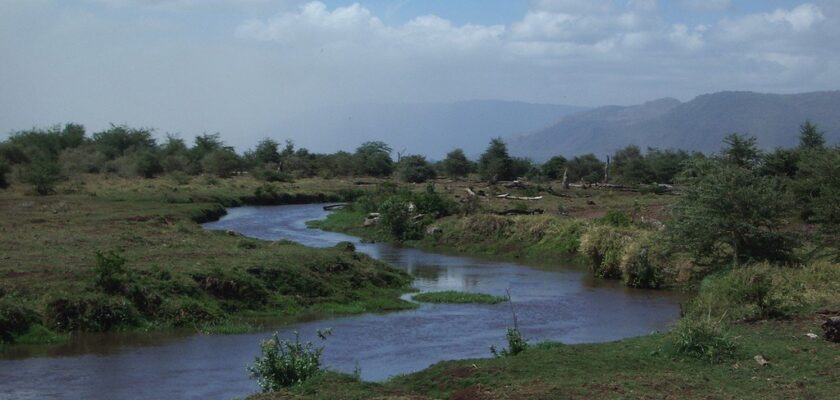Lake Manyara
Lake Manyara is a national park and tropical oasis located in the Rift Valley, it is a great place to go when visiting the Ngorongoro Crater or Serengeti Game Reserve.
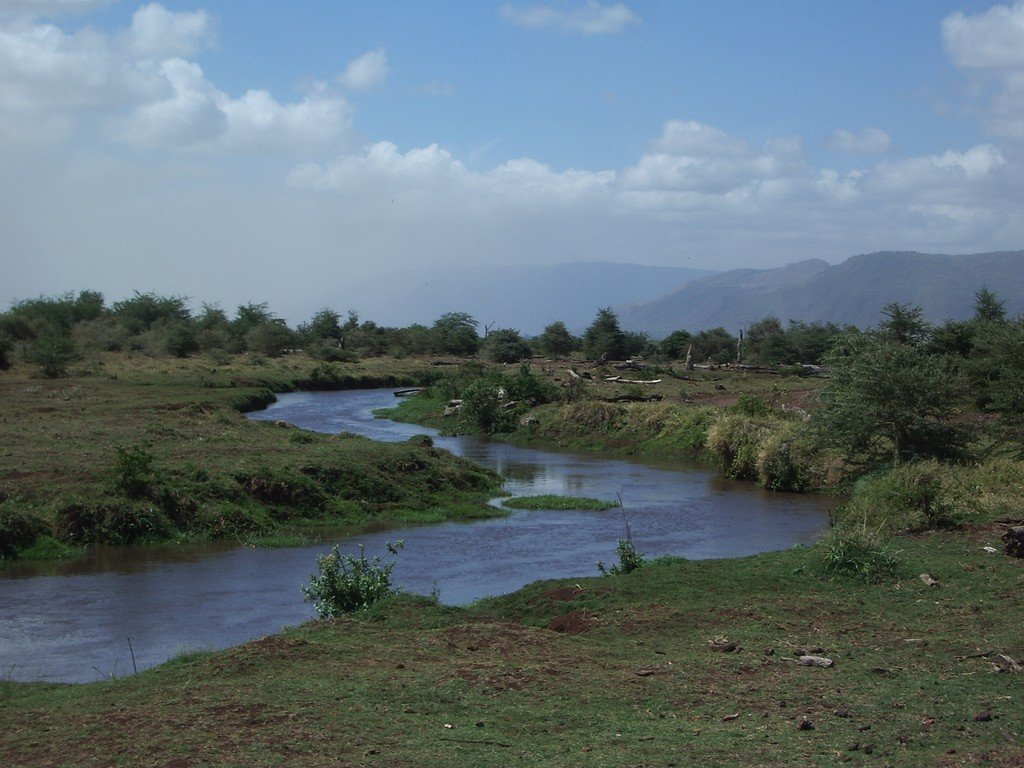
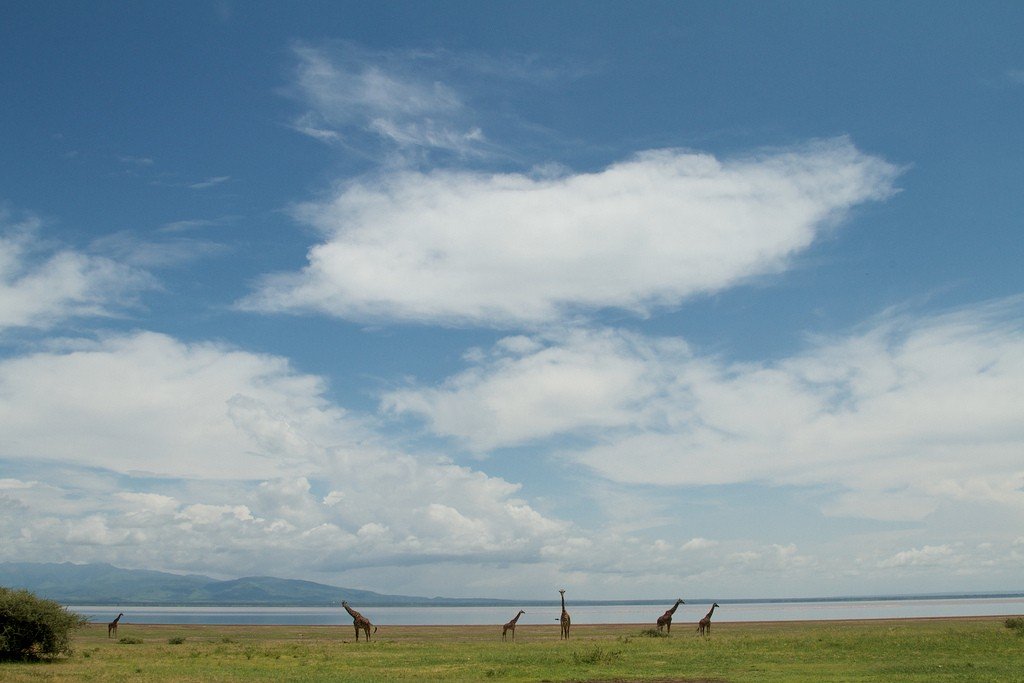
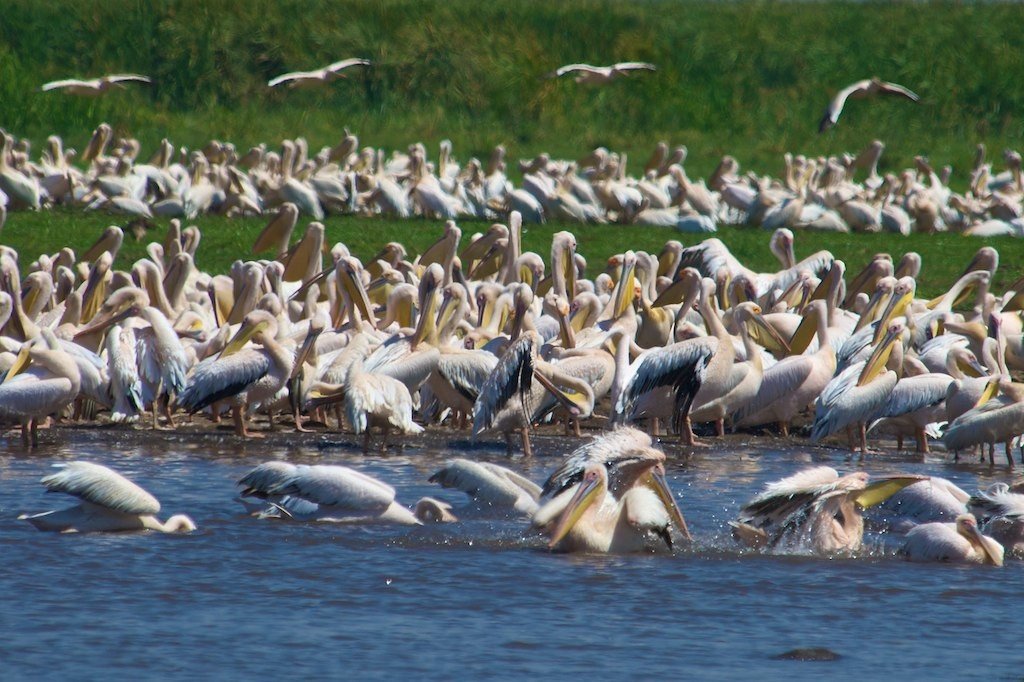
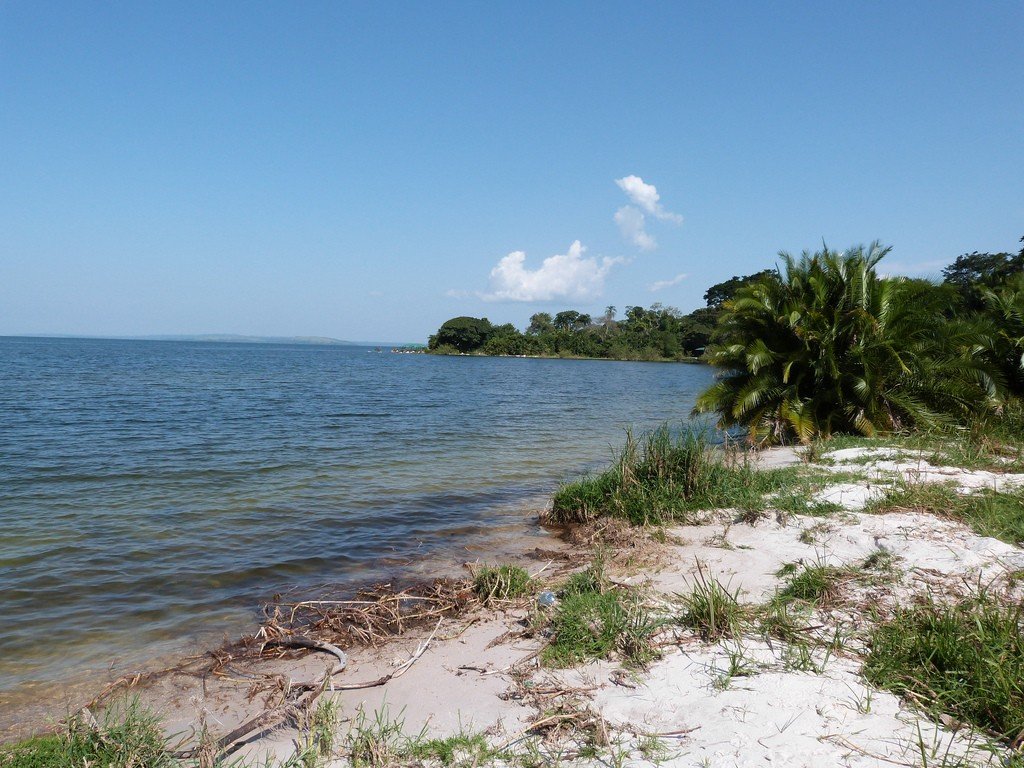
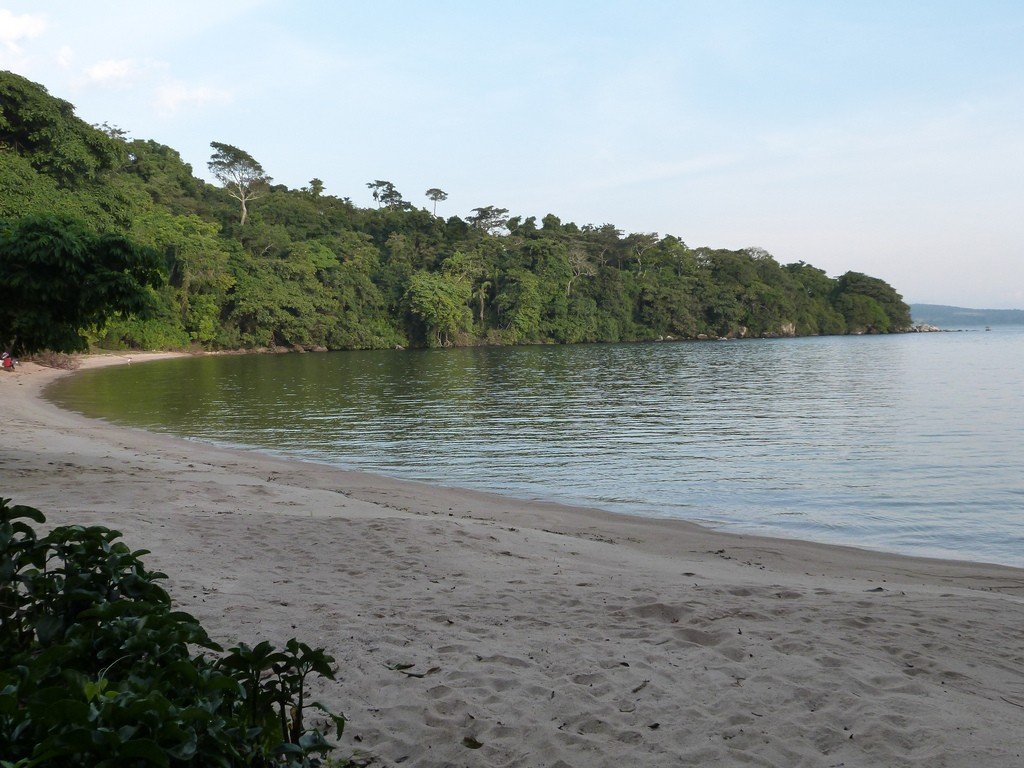
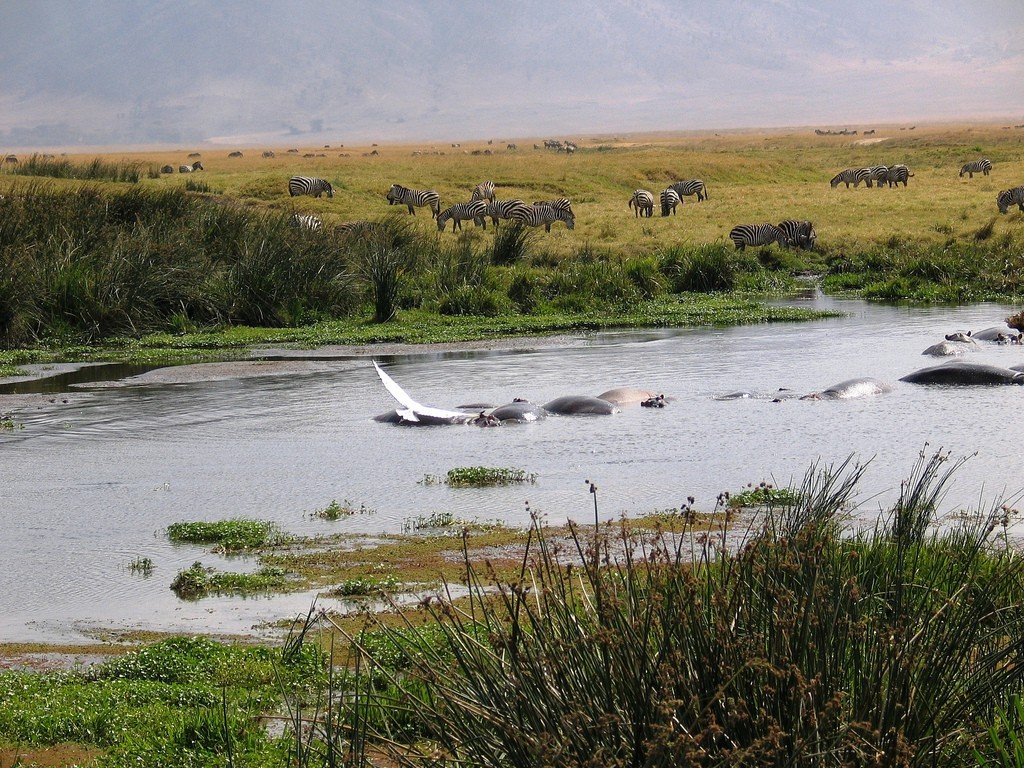
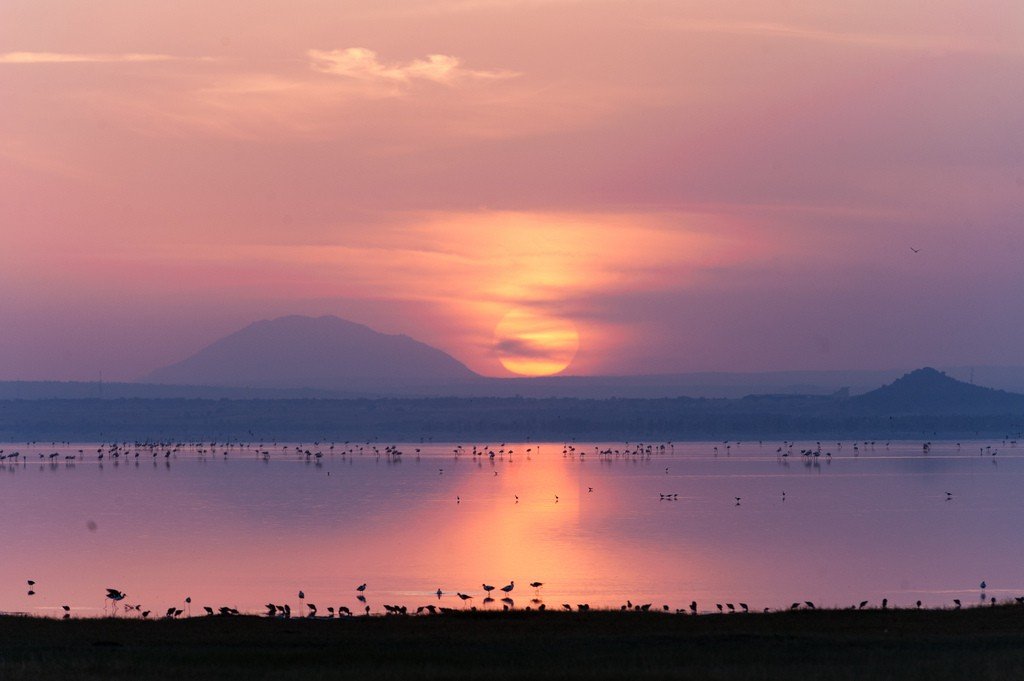
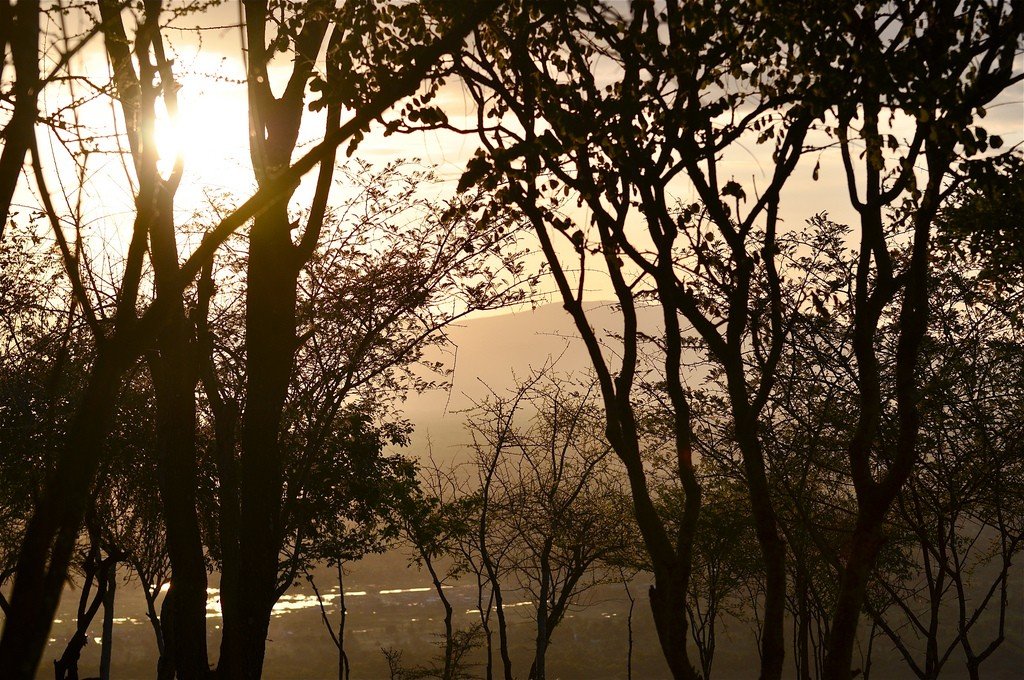
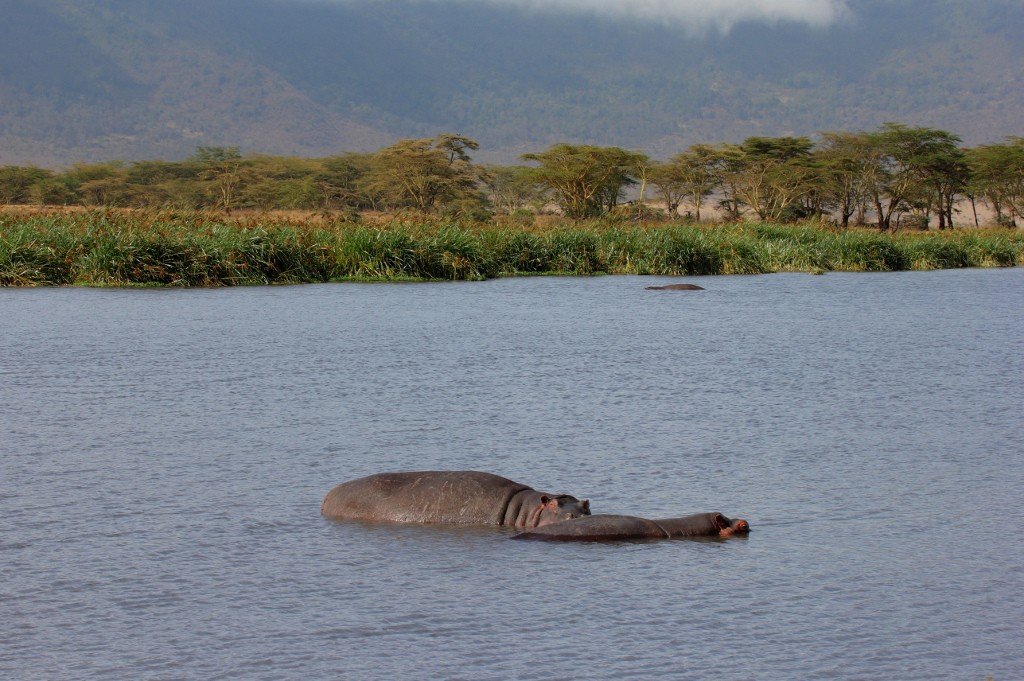
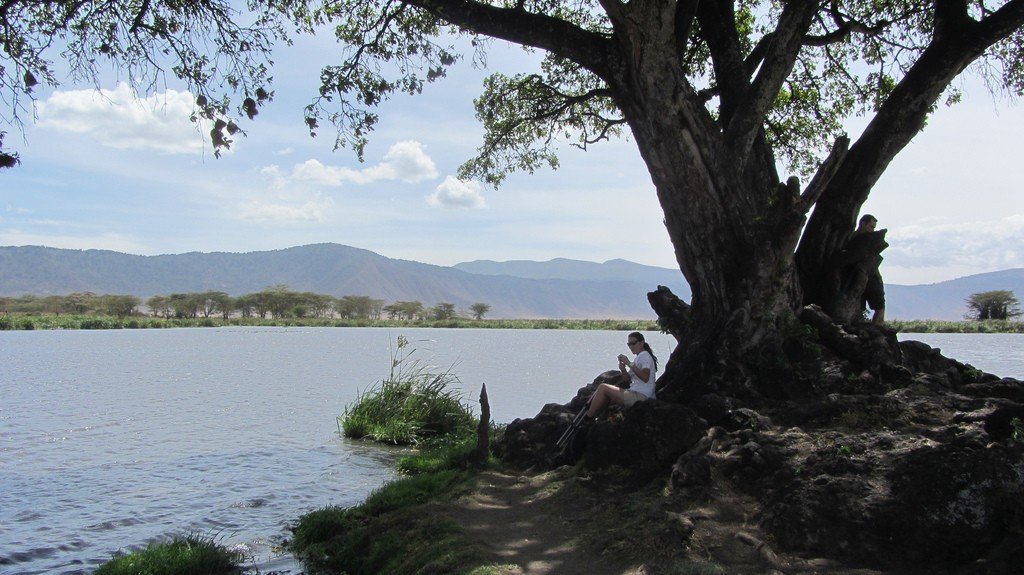
General Information
Manyara’s shallow alkaline waters feed many animals and birds, including a huge flock of flamingos, attracted by the crustaceans and various algae that abound in the very salty water. The park, overgrown with acacia trees, attracts many giraffes, baboons, blue monkeys, and many elephants, although due to poachers their numbers are much lower than they were when Ian Douglas-Hamilton camped here in the 1970s. He published the results of his study in his classic book, Among the Elephants.”
At Lake Manyara you can observe the 350 species of birds that nest here, as well as a variety of mammals including gazelles, buffalo, leopards, rhinos, pronghorns, pronghorn antelopes, hyenas, hippos and the famous tree-climbing lions.
.Nearby is a colorful village where you can buy local goods such as kanga – traditional sarongs worn by Swahili women, tribal brass bracelets and Maasai jewelry, as well as fresh fruits and vegetables.
.Lake Manyara was formed over two million years ago when torrents of water filled the lowlands after the formation of the Great Rift Valley. The lake and the area around it was named after the tirukalli or rubber milk thistle plant, which was used by the Maasai people for shelter. In the Maasai language, the plant is called “emanyara.”
There are hot springs where the rift comes close to the lake. The lake receives an average of 650 mm of rainfall per year. In dry years, the lake almost completely dries up. The rainy season is divided into two parts: from November to December and from February to April. The average annual temperature is 22 °C.
.This national park (adults $35/10, guide $20/day) is doomed to popularity for the reason that in the mid-30s Ernest Hemingway hunted here and called Lake Manyara the most beautiful thing he saw in Africa. Due to the hilly terrain it can be difficult to get close to the animals, but night safaris are allowed in this park ($50). From Arusha (Arusha Airport, 8 km west of the city center, not to be confused with the airport of Kilimanjaro!) to the park fly planes Coastal Aviation (85 $, 30 min.). The nearest village is called Mtoowambu (Mto Wa Mbu; www.mtowamouvillage.tripod.com), a large village on the north shore of the lake, about 80 km west of Arusha. Many buses and shuttles run in this direction (about 2000 sh., 1 hr.), but to travel around the park itself you will have to rent a car (about $150/d) from the Mtowambu bus station or any of the local hotels.
.If you wish, you can take a kayak ride on the lake – the park charges $20 (half day).
.